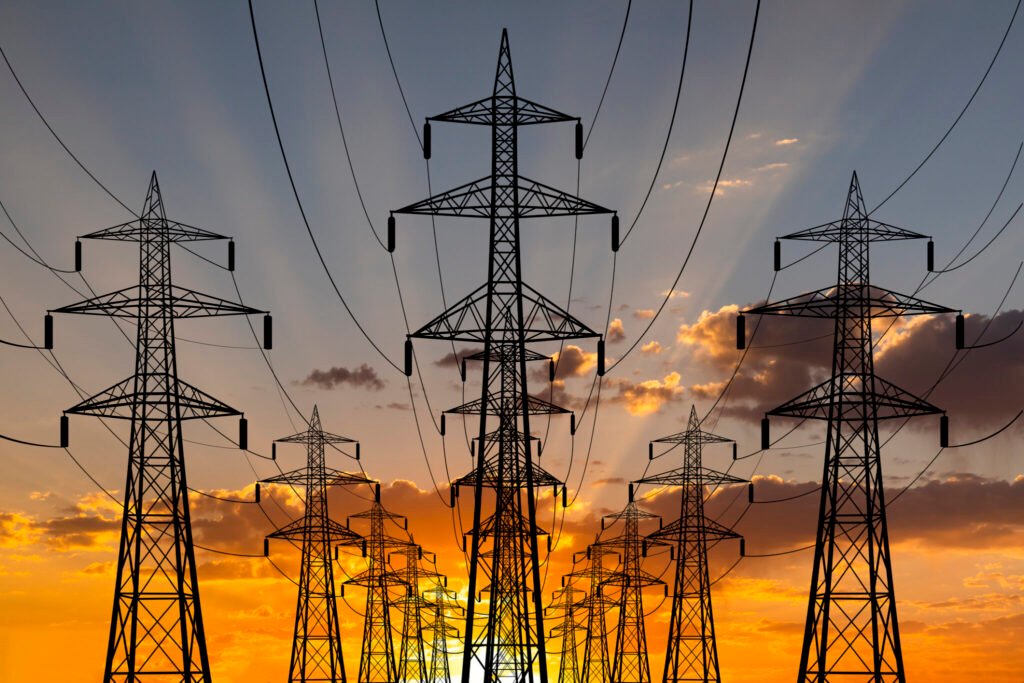The state explored Wednesday whether to pursue multiyear rate setting alongside performance incentives for utility companies. (Getty Images)
Members of the General Assembly heard from consultants Wednesday about the potential benefits of setting utility rates over multiple years — rather than approving them annually.
Additional considerations include establishing performance incentives for utilities to accomplish certain goals, such as reliability.
Nicholas Crowley, the vice president of consulting firm Christensen Associates, said he and his colleagues specialized in performance-based rate making and analyzing regulations across North America.
Read the full report from Christensen Associates here.
Indiana’s current investor-owned utility climate follows a “cost of service” regulation model, Crowley said, meaning that utilities file their total service costs annually and submit that information to commissioners alongside rate requests. The Indiana Utility Regulatory Commission then decides whether or not to approve the rates requested that utilities say they need to recoup costs from the previous year.
“Economists have long criticized this approach as something that doesn’t provide great cost efficiency incentives,” Crowley said. “It doesn’t provide the utility with an incentive to really cut its costs as much as possible.”
Rather, when costs for utilities go down, so do their rates.
“It’s a situation where no good deed goes unpunished,” he summarized.
But while Crowley had recommendations for improvement, it’s not clear when — or if — the state will adopt them.
Sen. Eric Koch, R-Bedford, said that while he anticipated legislation may be filed, it wasn’t quite “fleshed out” and might be “premature” to consider such a move in the 2026 legislative session.
“I’m not going to carry the bill,” confirmed Rep. Ed Soliday, R-Valparaiso. “Somebody is, but we’re going to crawl before we walk.”
The two lawmakers lead the Interim Study Committee on Energy, Utilities and Telecommunications.
More on recommendations
Performance-incentive mechanisms and forecasted multiyear rate plans differ in their focus, with the former seeking to improve output efficiency — such as capacity or reliability — while the latter looks at input efficiency — such as capital, labor or materials.
A multiyear plan sets either prices or revenues for three or more years without rate cases.
“The longer the amount of time the utility has to manage outside of that rate case, the higher the incentive it has to keep its costs low because they want to earn a rate of return. And you can see why there’s risk involved,” Crowley said.
Though this can take several forms, the one his firm recommended to Indiana was known as forecasted multiyear rate plans, under which the utility would project its future costs and revenue needs over a period of three or more years. Though the utility runs the risk of potentially underselling their need, it can provide stable rates for them and for their customers while reducing administrative costs.
Utilities in Indiana can already do this to a more limited extent, known as “forward year revenue requirements.” Under a multiyear proposal, a “reopener” can be scheduled to renegotiate a rate should a utility’s performance falter.
Performance-incentive mechanisms, on the other hand, allow commissioners to “ding” or reward utilities based on their results. For example, Crowley shared, utilities could be tasked with reducing their average service interruption times and could be fined if they fall below the benchmark.
“Especially in the state of Indiana, where you have all these service quality metrics, you don’t need to overhaul the current regulatory framework — just add a little bit of incentive power to the current framework,” Crowley said.
But some standards could be “unrealistic,” he warned, such as saying utilities need to average zero minutes of service interruption time.

Rep. Ed Soliday leads a committee hearing on Tuesday, April 8, 2025. (Leslie Bonilla Muñiz/Indiana Capital Chronicle)
Seventeen states and Washington, D.C. have some sort of formalized performance-based regulation, Crowley said, with another dozen exploring such methods, including Indiana.
The above options allow for more “incremental change, as opposed to a complete overhaul of the system,” he said.
Crowley explicitly opted not to include potential tools like price or revenue caps in the options for Indiana, due to the state’s vertically integrated system — which could make such choices expensive. Other places, such as parts of Canada or Massachusetts, have “distribution-only” systems that make such options available.
“We do have caps, but they are not hard caps and they are set by the IURC,” said Soliday. “If you break the cap, then you get additional scrutiny and the IURC can order you to bring them back. Putting a hard cap when you live in an inflationary and changing environment, the issue is: What are you trying to achieve?”
Soliday noted that the state’s aging utility structure makes it difficult for such corporations to adhere to such standards. He also suggested looking at recovery time for utilities after severe weather.
“We’re taking a hard look at the performance-based regulation that we’ve got,” Soliday said. “… And we have to look at it in the long term, not in the short term.”
Luke Wilson, the executive director of the IURC, concluded Crowley’s presentation by saying his body would recommend that the General Assembly “look at enabling the commission to establish performance-based rate-making plans for utilities.”
Doing so would be the next step in bringing the process to Indiana. Wilson also said the commission would recommend, “at least for now,” pausing considerations for multiyear planning.
SUBSCRIBE: GET THE MORNING HEADLINES DELIVERED TO YOUR INBOX

